Case Study – Ready, Set, LAUNCH!
As you may already know, I have the pleasure of working with entrepreneurs and helping them launch or grow their companies. One of my recent clients, BreathalEyes LLC, just launched a smartphone app (for your iPhone) that tests your blood alcohol content (BAC) in less than ten seconds! Here is BreathalEyes in the App Store. BUY IT – it’s just 99 cents. No kidding – it may just save your life, or that of a friend or another driver.
Marketing the Smartphone App
These smart entrepreneurs, led by Founder Russell Ries, Jr., have launched with a bang
because they promoted their app online as well as offline. They spent many hours doing the usual online posting, including a Facebook page, Twitter account (@BreathalEyes), and a Google + page.
They also had the insight to make a relatively small investment and engage a marketing consulting company, Appency, that exclusively helps clients launch and market smartphone apps. The folks at Appency know many of the key media contacts in the app space, and have success getting their clients’ stories placed.
App Media Coverage
The results: here are a few links to the media coverage they’ve received in the past month:
First and foremost, they were featured on Huffington Post!!! Here it is.
Other impressive media coverage includes:
Review on 148apps.com This is one of the bigger app review sites.
Discovery News
More Marketing Exposure for the BreathalEyes App
Ries was also invited to speak at the Tennessee Bureau of Investigation’s conference on BAC Detection on April 18th. BreathalEyes management has received some pretty good feedback from individual law enforcement officers. The TBI has invited them to start attending their “wet labs”, which is when they get people drunk at the police station to practice checking their BACs!
Do you have more ingredients for the ‘Secret Sauce’ to market a smartphone app?
——————
For more resources, see our Library topics Marketing and Social Networking.
.. _____ ..
ABOUT Lisa M. Chapman:
Ms. Chapman’s new book has a name change! The Net-Powered Entrepreneur – A Step-by-Step Guide will be available in April 2012. Lisa M. Chapman serves her clients as a business and marketing coach, business planning consultant and social media consultant. She helps clients to establish and enhance their online brand, attract their target market, engage them in meaningful social media conversations, and convert online traffic into revenues. Email: Lisa @ LisaChapman.com













